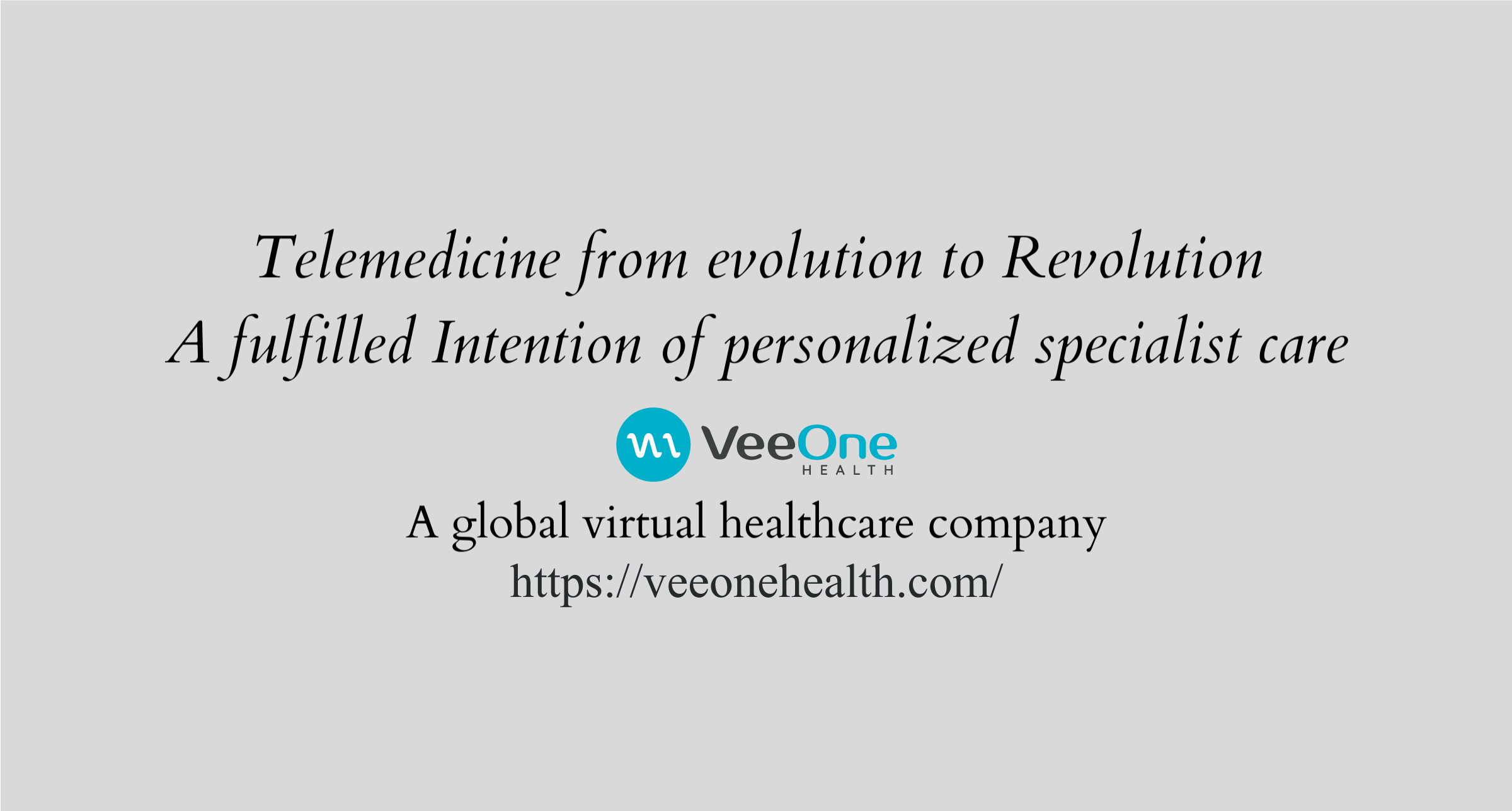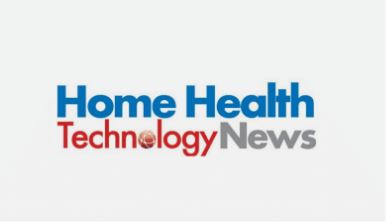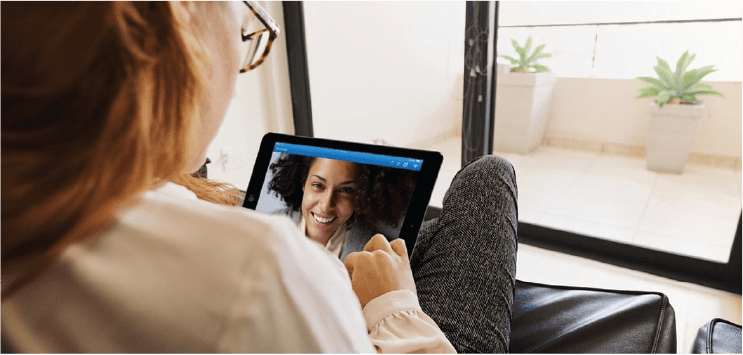Personalized even if not in-person
Junaid Kalia, MD
“There are decades when nothing happens; and there are weeks when decades happen”― Vladimir Ilyich Lenin.
One Friday night pager alert stands out when looking back upon my final year of residency. An 88-year- old female came to the emergency room of a 70-bed hospital in rural Illinois. I returned the page and a physician answered directly; no call center & no attendant. He confirmed that I was a neurologist. He said “I have not seen a stroke case in a year; I am not sure if this is confusion or aphasia (the neurological language disorder seen in stroke patients)” He then proceeded to give me information about the case and to his credit of self-actualization, he asks “How should I proceed?”
Before I start; I have always been skeptical of telemedicine as neurology is a field defined by clinical exams. We pride ourselves on nuances that only “trained” neurologists can pick up after years of practice. Telemedicine seemed too impersonal. Now, about 10 years later, as a practicing neurocritical care, stroke and epilepsy physician; I have come to realize that telemedicine is more personalized than in-person care.
I have come to realize that telemedicine is more personalized than in-person care.
There is a worsening shortage of physicians, especially specialists. More physicians are suffering from moral injury, especially those that work in high risk, high stress environments. Given this reality, we need to extend our current physician work pool and provide them with support and technology. 1) Telehealth 2) Artificial Intelligence 3) Physician Extenders.
1) Telehealth 2) Artificial Intelligence 3) Physician Extenders will augment and enhance the current physician pool to meet the needs of tomorrow.
After 10+ years of training and practice; the question to answer is how best to utilize my skills, acumen and training to help the greatest number of patients. Is my physical presence always required to take care of acute neurological patients? I used to pride myself on being super-trained with two fellowships – “a complete package for urgent and inpatient neurological care”. With the help of telemedicine, I can provide the highest level of personalized neurological care at most remote locations.
With the help of telemedicine, I can provide the highest level of personalized neurological care at most remote locations.
In an ideal world, we would have a physician workforce that met the needs of society; unfortunately, that is not our current reality. Why not utilize telecare in resource limited situations? With the help of primary care physicians and increased use of telehealth, most of the non-procedural specialist care will be soon be delivered via telemedicine.
Most of the non-procedural specialist care will be soon be delivered via telemedicine.
The Covid-19 pandemic brought telehealth into the spotlight. The adoption curve that would have taken a decade will now be achieved in weeks. If there is a silver-lining to this national medical emergency, it is the realization of tele-health as a supplemental care option.
The Covid-19 Pandemic pushed telehealth forward by a decade both with the adoption curve and with legislative efforts.
Post-Pandemic telehealth is here to stay
After the brief chat with the ER physician, I quickly realized that the patient has expressive aphasia (inability to express in language) and recommended thrombolytic therapy. Those days we did not have real-time audio-visual telemedicine technology. She was promptly treated and was able to go home with a good outcome.
Thanks for your time!
—
Who: Junaid Kalia MD (http://junaidkalia.com/)
What: Telemedicine & AI in Healthcare Advocate/Speaker
Why: If anyone saved a life, it would be as if he saved the life of all mankind
Where: jskalia@gmail.com (Email)





